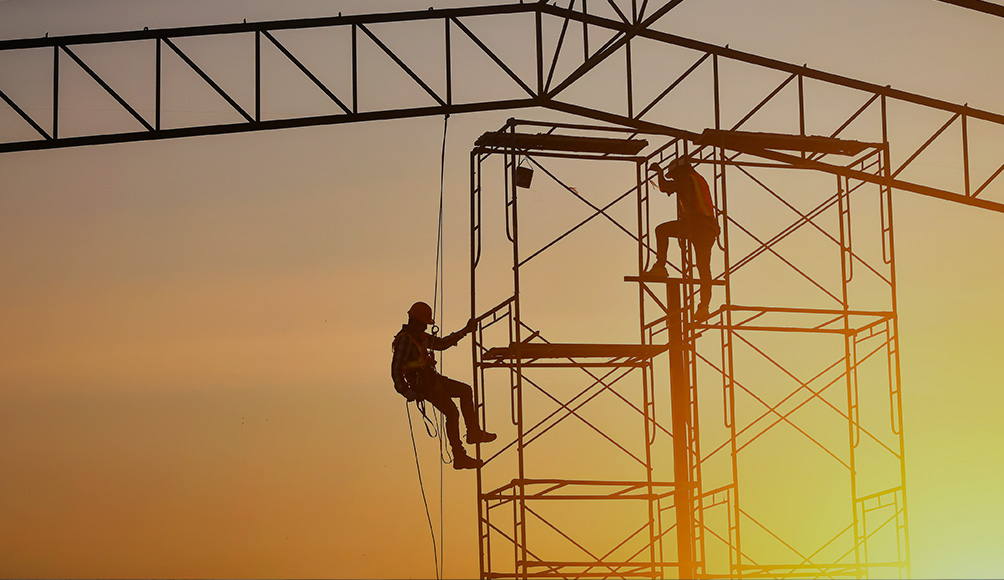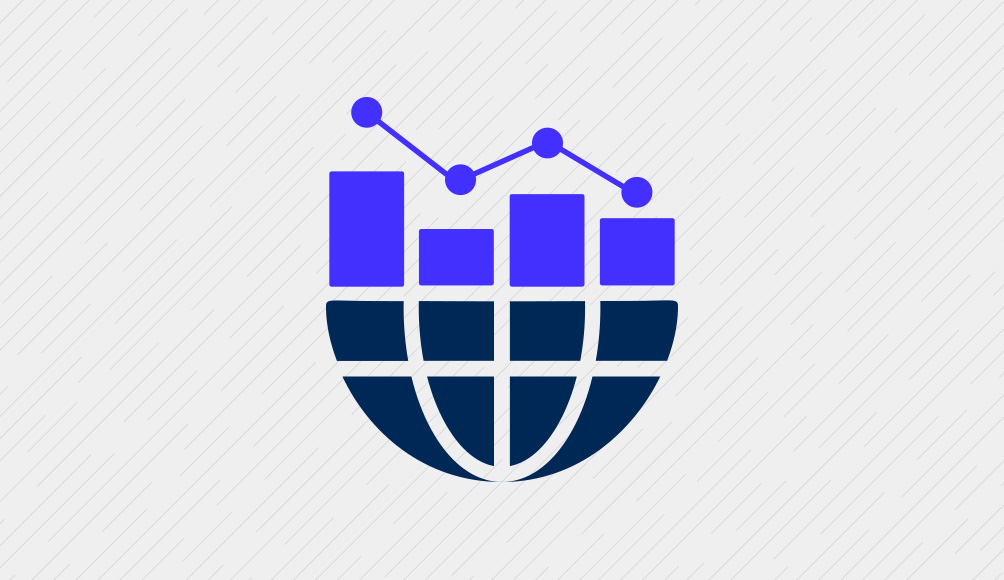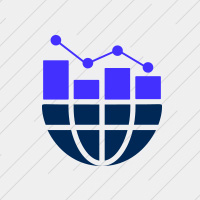
Julia Bardmesser
SVP, Head of Data, Architecture & Analytics
Voya
MODERATOR


Olga Lagunova
CDO
Pitney Bowes
PANELIST


JoAnn Stonier
CDO
MasterCard
PANELIST

APRIL 2020
Chief Data Officers representing a portion of New York’s largest organizations met virtually to discuss business continuity amidst the unprecedented challenges of COVID-19. At the time of the town hall on April 9, New York was the epicenter of the pandemic in the United States. While nearly 10,000 people had died of coronavirus, officials there thought that new cases were beginning to plateau.
In this virtual gathering, participants discussed the execution of their pandemic plans. To set the stage, New York CDAOs responded to a survey prior to the town hall indicating the following:
36% are continuing standard business operations, but at a reduced level
49% expect to return to normal business operations in less than 3 months
50% report a high or extremely high impact on their organization’s revenue
52% predict a high or extremely high impact on their organization’s budget
The discussion was led by Julia Bardmesser, SVP, Head of Data, Architecture & Analytics at Voya; Olga Lagunova, CDAO at Pitney Bowes; and JoAnn Stonier, CDAO at MasterCard. They represent different sectors and discuss the implications for their respective financial and business services industries. They shared their experiences as leaders of global companies responding to the coronavirus crisis.
Immediate Response for Data Leaders
Similar to their peers in the C-suite, CDAOs were immediately focused on setting up their employees to work from home safely and effectively. Many organizations already had a remote setup in place, but executives noted that operating globally can present unique challenges. In some countries, working remotely is an uncommon practice, and the public health regulations and shelter-in-place rules varied in every region.
Some leaders had performed business continuity drills that simulated a partial shutdown of their operations. But even those who were well prepared had not practiced a complete shutdown worldwide, and of course, it’s simpler to solve a regional problem than a complex global one.
For most, even though there were worrisome moments about taxing their infrastructure, the technology was not a problem. One leader noted that moving to the cloud had created a lot of stability and flexibility for her organization. Instead, CDAOs’ main focus is on providing the data to help internal and external clients solve problems and predict what might happen next for their business.
Impact on Business Operations
Due to their critical role in decision-making, many CDAOs have seen their workload and demands increase during the pandemic response. People are looking to data and analytics experts for all business information needs. Their job in the short term is to stay close to the business and be as agile and quick in their responses as possible.
Other leaders internally are also looking to data experts to help think through the process of things like restarting supply chains or creating return-to-work plans that factor in opening and then closing locations. One CDAO explained that businesses are trying to apply data science to optimize logistics and create efficiencies, making the data leaders crucial in helping with rebuilding activities.
In addition, CDAOs are also leaders of the company – concerned, like others, that their employees stay healthy. Much of their time is spent on communications, employee engagement and staying attuned to morale.
Data is well-suited to answer questions about the who, what, when, where, why and how of economic recovery plans.
The Future Outlook
As CDAOs look forward, they are trying to help their organizations and clients perform and respond better before the next crisis – or even before the coronavirus causes a next wave of disruption. Businesses with operations in Asia have experienced what happens with a reemergence. One organization had employees return to 100% remote work, after trying to reopen locations with partial staff.
They are also thinking about how to keep employees engaged over a longer term of remote work and the blurred lines between work and home life. They noted that leaders have to manage priorities and initiatives to get things done in a different way with a different mindset.
Thoughts from the Community
Some data executives are considering cost saving measures. The community leaders weren’t experiencing headcount reductions yet, but they were reviewing contracts, looking at things like shortening the duration.
In terms of the lessons they have learned so far, many talked about the volume of work for their teams combined with the lack of boundaries when working from home. They are coaching their teams to try to create an “end of the workday,” while still being as flexible as possible.
A positive outcome is that data has never been examined so closely, creating a great opportunity to educate people about data and analytics. One CDAO noted that data and design thinking are in a high demand for helping with recovery plans, positioning her team to make big contributions to the business.
by CDAOs, for CDAOs
Join the conversation with peers in your local CDAO community.





